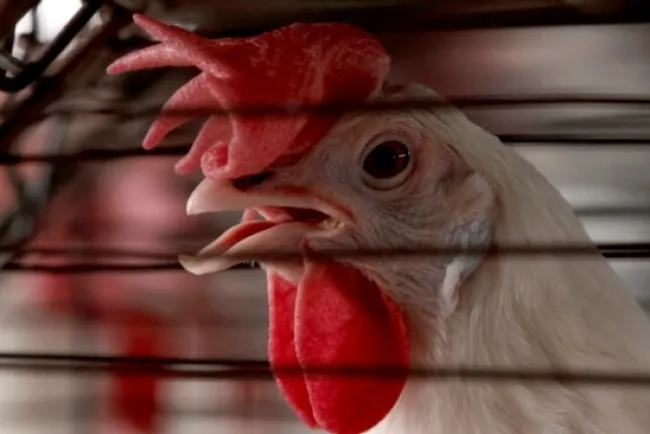Sri Lanka's Sacred Tooth Relic Draws Thousands Amid Health Concerns
Authorities urge devotees to avoid traveling to Kandy as large crowds gather to view the revered tooth relic of the Buddha, leading to health emergencies.
The Temple of the Tooth in Kandy, Sri Lanka, is witnessing an unprecedented influx of devotees eager to pay homage to the sacred tooth relic of the Buddha. However, the authorities have issued a warning urging people to refrain from traveling to the city due to serious health concerns that have arisen amidst the massive crowds. This comes in the wake of several tragic incidents, including the death of a person from heart failure after spending several days in line, with at least four reported fatalities and hundreds falling ill.
A Rare Opportunity for Devotees
This exhibition marks the first public display of the tooth relic since March 2009, making it a significant event for Buddhists both locally and internationally. The 10-day exposition, which will conclude on April 27th, has already attracted over 400,000 visitors. The tooth relic, believed to be the left canine of the Buddha, is enshrined at the Temple of the Tooth and is revered as a symbol of Buddhist holiness.
Historically, the relic has been a focal point of devotion since it was brought to Kandy in 1590. It holds immense spiritual, cultural, and historical significance, embodying the very essence of Buddhist faith in Sri Lanka. Beyond its religious importance, the tooth relic serves as a powerful symbol of state sovereignty, further intensifying the fervor surrounding its exhibition.
Crowd Control and Health Risks
Despite the enthusiasm of thousands of devotees, the sheer volume of visitors has raised alarms about public safety and health. Long queues stretching for miles have led to reports of exhaustion and medical emergencies among attendees, prompting police to call for a reassessment of travel plans. Authorities are concerned that continued large gatherings may exacerbate health risks, particularly in light of recent fatalities linked to the crowds.
Cultural Significance and Future Implications
The ongoing situation highlights the delicate balance between cultural reverence and public health. As the nation grapples with these challenges, the government and local officials must navigate the complexities of managing such significant religious events while ensuring the safety of all participants.
With the final days of the exposition approaching, the hope is that devotees can continue to honor their beliefs while prioritizing their health and well-being. As the sacred relic draws the faithful, the discussions surrounding its significance and the implications of large gatherings will likely continue long after the exhibition concludes.
Conclusion
As Sri Lanka's Buddhist community comes together to venerate the sacred tooth relic, the authorities remain vigilant in addressing health concerns. The ongoing dialogue about the intersection of faith and public safety is crucial as the country navigates this unique moment in its spiritual history. The situation serves as a reminder of the profound connection between cultural heritage and communal responsibility.
Stay tuned for further updates on the exhibition and its impact on the community.
What's Your Reaction?

















